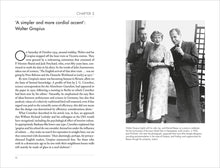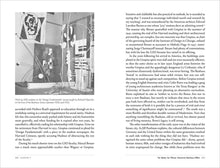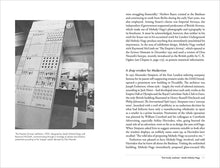Hardcover, 304 pages
By Alan Powers
Bauhaus Goes West is a story of cultural exchange between the Bauhaus émigrés in the years following the schools closure in 1933 and the countries to which they moved, focusing in particular on Britain. Taking as its starting point the cultural connections between the UK and Germany in the early part of the 20th century, the book offers a timely re-evaluation of the schools influence on and relationship with modern art and design in Britain, concluding with the schools American legacy.
Following the closure of the Bauhaus in 1933, teachers and students found new opportunities in Britain and the United States. Among them were Walter Gropius, Marcel Breuer and László Moholy-Nagy, who simultaneously spent time in London before moving to America, an episode often overlooked but freshly explored here in the context of the interaction between German Modernism and British-based design reform from 1900. Other Bauhaus-trained artists women as well as men stayed in the UK and made important contributions into the 1960s. In America, Mies van der Rohe and Josef and Anni Albers had significant late careers, but, over time, the Bauhaus became a shorthand for Modernisms failure. Now, the centenary of the schools founding provides a key opportunity to reconsider how its values emerged and were contested both during its lifetime and beyond.
Size: 16.5 x 3.6 x 24.1 cm








